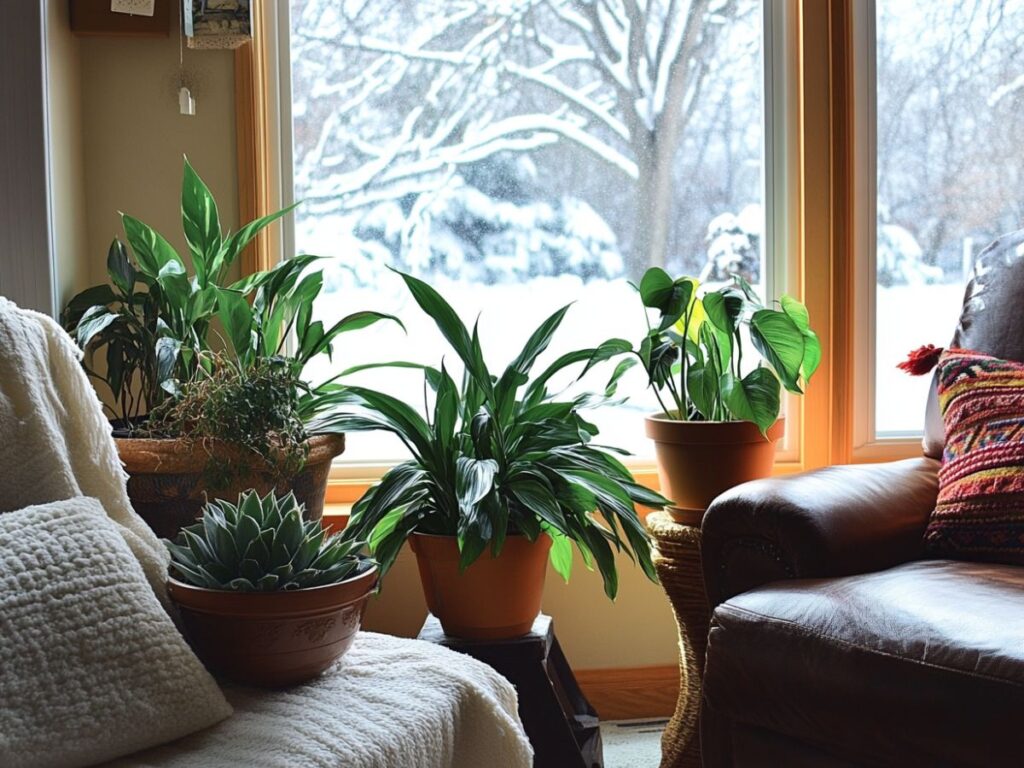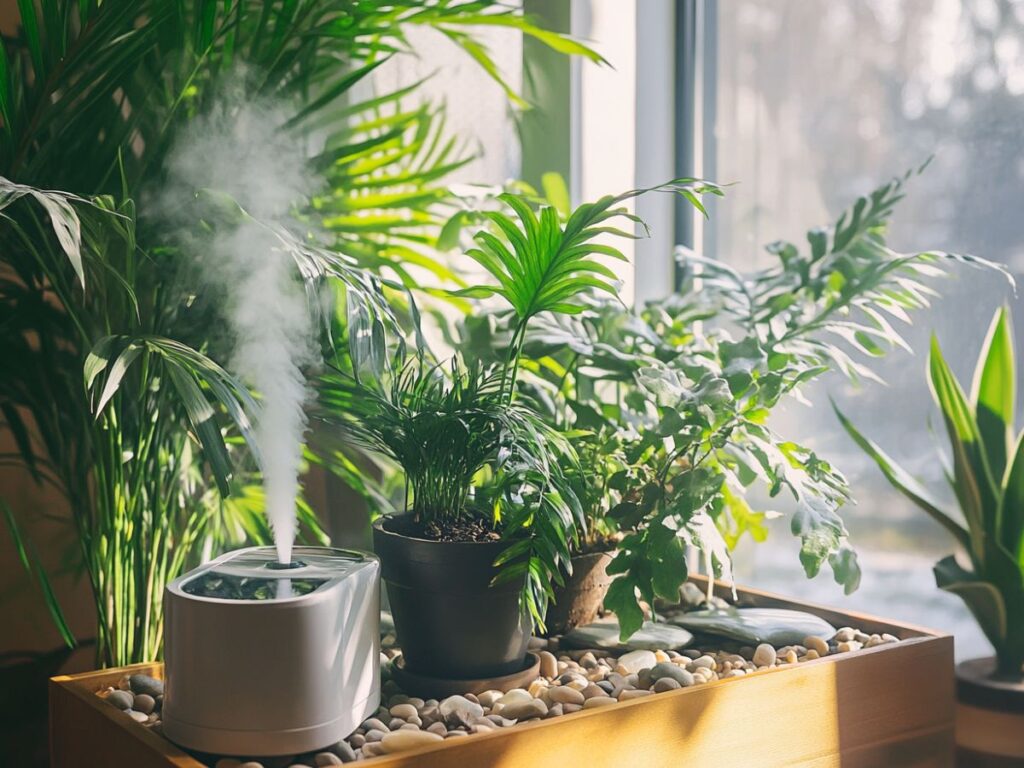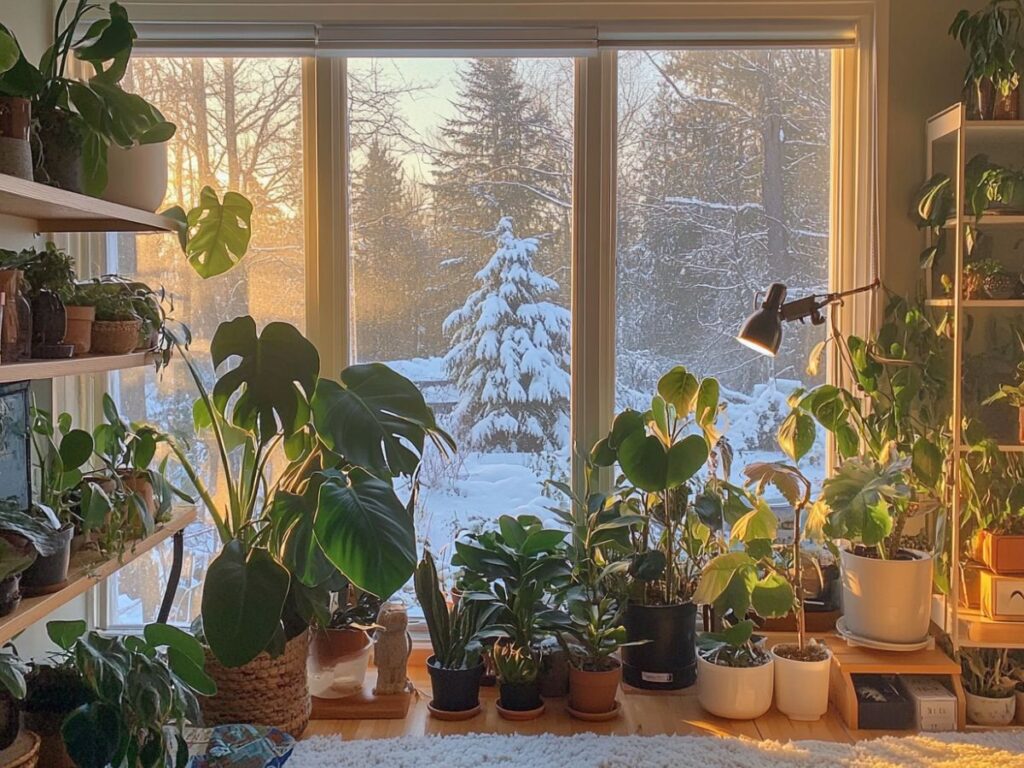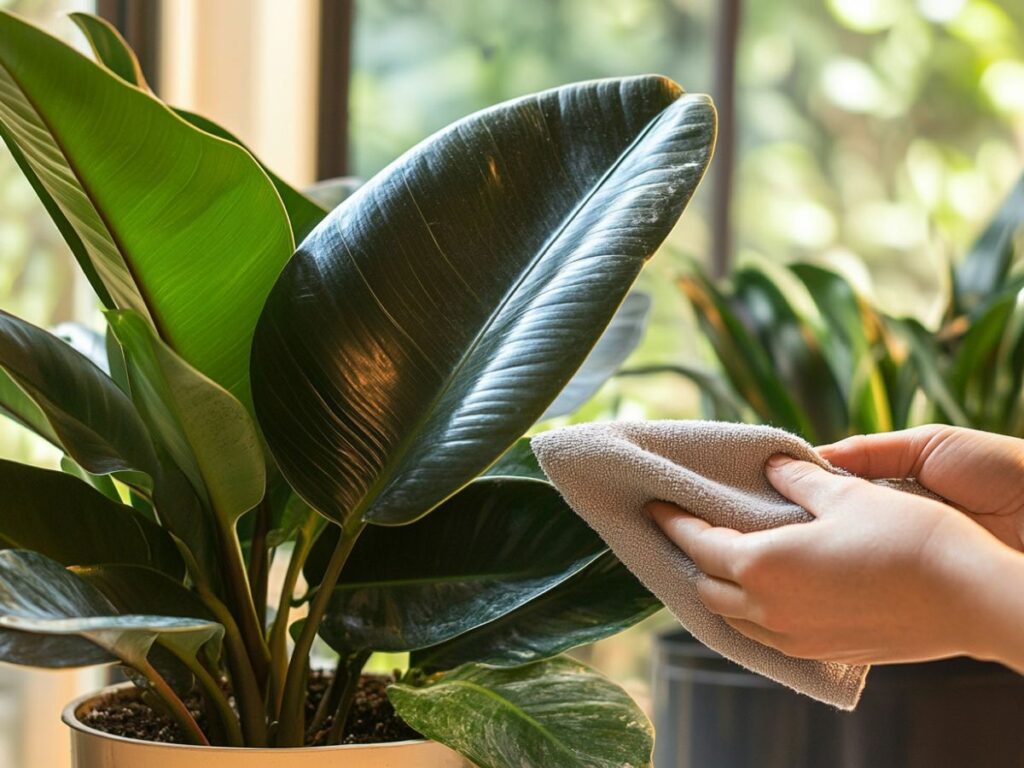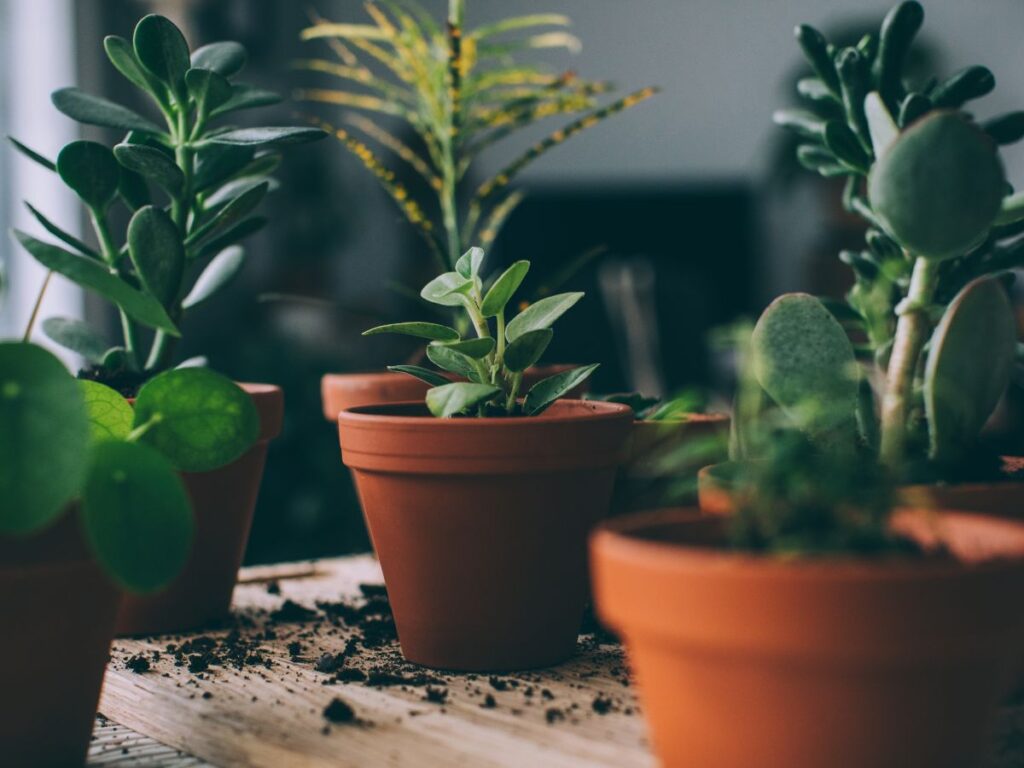Winter is coming! And no, I’m not talking about a big-budget TV show with dragons and direwolves. I’m talking about that frosty, chilly time of year when you just want to bundle up in a thousand blankets and avoid leaving the house until April.
But guess who doesn’t have the luxury of snuggling up with a cup of cocoa? Your houseplants. Those green, leafy roommates that silently judge your over-watering habits.
In fact, they need a little extra TLC to make it through the cold months. So, buckle up, plant parents! Let’s dive into the world of winter houseplant care and make sure your indoor jungle stays lush and happy until spring.
1. Light, Light, Baby
First things first, we need to talk about light. Winter’s shorter days and lower angle of sunlight are not doing your plants any favors. It’s like the sun suddenly decided to take a part-time job, and your plants are suffering for it.
Just like how we binge on vitamin D supplements in winter, your plants are craving some rays. The struggle is real.
But don’t worry, this is fixable. Start by moving your plants closer to windows where they can soak up as much light as possible. North-facing windows? Yeah, they’re about as useful as a chocolate teapot in winter.
Aim for east or south-facing windows instead. You might even need to rearrange your entire living room, but it’s all in the name of keeping those plants happy, right? If you don’t have enough natural light, or if the weather gods are being especially gloomy, consider investing in a grow light.
Think of it as the houseplant version of giving them a spa day with some UV action. They’ll love it, and you’ll get to feel like the hero of your own indoor jungle saga.
2. Don’t Overwater – Your Plants Aren’t Thirsty Right Now
You know that tendency we all have to overcompensate during the colder months? Like how we drink three cups of coffee before 10 a.m. because “it’s dark and I’m tired!”
Well, that’s kind of what happens when you overwater your plants in winter. It feels like they need more attention, but in reality, they’re just fine with a little less.
Plants go dormant in winter, which is a fancy way of saying they’re taking a nap and don’t need as much water as they do during their more active months.
Overwatering can lead to root rot, which is basically the plant version of your worst hangover—sad, droopy, and in need of serious recovery time.
So how do you avoid this tragic fate? Simple. Let the top inch or two of the soil dry out before you water again. Stick your finger in there like you’re testing the cake batter. If it’s dry, it’s time to water. If it’s still moist, step away from the watering can.
Also, bonus tip: make sure your pots have drainage holes. Plants don’t like sitting in stagnant water any more than you enjoy sitting in wet socks. Gross.
3. Humidity: It’s Like Plant Perfume
Let’s talk about humidity, the unsung hero of plant care. When winter rolls in, we crank up the heat, and suddenly the air in your home is drier than a stand-up comedian’s sarcastic punchline.
Your plants? Not a fan. They’re used to a more tropical vibe, and the lack of moisture in the air during winter is the equivalent of giving them a bad hair day for months on end.
To combat this, you need to get creative. You could invest in a humidifier, which is great for both you and your plants (bonus: no more waking up with a dry throat!). But if you’re not quite ready to make that jump, you can go low-tech.
Group your plants together to create a little humidity bubble, or place them on a tray with pebbles and water.
The evaporating water will help increase the humidity around your plants, kind of like giving them their own personal spa treatment. Ah, the things we do for our leafy friends.
Oh, and if you’re feeling particularly fancy, give them a misting now and then. Not too much—this isn’t a rainforest, after all—but a light mist can help simulate a more humid environment.
Plus, it’s kind of fun to pretend you’re a benevolent plant deity, bestowing the gift of mist upon your kingdom.
4. Temperature: Keep It Cozy, Not Roasty
Picture this: you’re curled up on the couch, binge-watching your favorite show, and you’ve got the heat turned up to max levels because winter is out there trying to freeze everything in its path.
But before you crank the thermostat even higher, think of your plants. They like it warm, but not too warm. And sudden temperature changes? Oh, they hate that.
Keep your plants away from drafty windows, doors, or heating vents. The last thing they need is to be blasted with cold air one minute and then roasted by a heater the next.
It’s the plant equivalent of being on a rollercoaster, and they’d much rather have a steady, comfortable temperature. Aim for a consistent range between 65°F and 75°F during the day, and let it drop slightly at night.
Think of it as creating a cozy microclimate for your plants—something that’s warm, but not like you’re trying to roast marshmallows indoors.
5. Dust Off Those Leaves
Winter is the perfect time to catch up on all those things you’ve been meaning to do—like organizing your closet, or in this case, dusting off your plant leaves. Yes, plant leaves get dusty, and no, they don’t have tiny Swiffer duster arms to clean themselves.
Dust buildup can block the sunlight from reaching your plants’ leaves, which is already in short supply during winter. So grab a soft cloth (or a damp paper towel if you’re in a pinch) and gently wipe down those leaves.
Your plants will appreciate the effort, and you’ll feel like you’ve accomplished something productive without leaving the house. Plus, it’s kind of relaxing. Like giving your plants a little massage. Don’t judge me—try it.
6. Slow Down on Fertilizer – It’s Winter Break
Okay, so we’ve covered watering and light, but what about feeding your plants? Here’s the deal: just like how we like to take it easy during the colder months, your plants aren’t looking to be stuffed with fertilizer.
They’re not in a growth spurt right now; they’re more like in a winter hibernation mode.
Forcing them to eat more (in plant terms, that’s fertilizer) when they’re not actively growing is like someone pushing seconds on you when you’re already full. Unnecessary, and a little annoying.
In general, it’s best to cut back on fertilizing your plants during winter. If you usually feed them once a month, stretch it out to every two or three months.
Or, better yet, take a break until spring. Your plants won’t mind, and it gives you one less thing to worry about while you’re busy sipping hot cocoa and ignoring the snow piling up outside.
7. Repotting? Not Right Now
If you’re one of those overzealous plant parents who loves repotting at every opportunity, I have some news for you. Winter is not the time to be switching up your plants’ homes.
Think of it like this: your plants are chilling (literally) and don’t want to deal with the added stress of moving to a new pot when they’re just trying to survive the winter. It’s like being asked to move apartments in the middle of a snowstorm. Hard pass.
Repotting is best done during the growing season, which typically starts in spring. That’s when your plants are feeling energized, ready for new adventures, and can handle the transition more smoothly.
So, if you’ve been eyeing that new terracotta pot, just wait a few more months. Your plant will thank you for it.
With these seven essential tips, your plants will make it through the cold months like the resilient little green warriors they are.
And when spring rolls around, they’ll be ready to thrive once more, all thanks to your expert winter care. Who knew keeping a bunch of houseplants alive in winter could feel so heroic?
Just remember, they’re counting on you to get them through this frosty season. And let’s be honest—you’re going to need their oxygen and good vibes when the winter blues hit.

